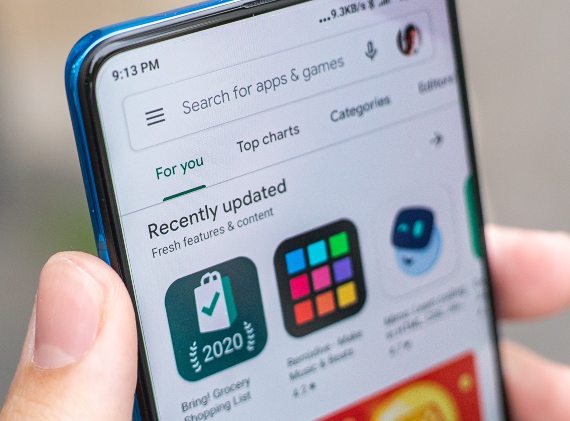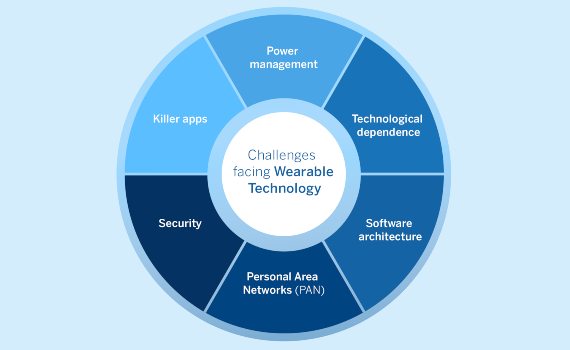Wearable tech is one of the fastest-advancing sectors of the wider technology industry, now outpacing the development of smartphones. From the basic fitness trackers and highly-advanced sports and smartwatches, to virtual and augmented reality headsets, wearables are everywhere.
With increasing daily dependency on our smartphones, the evolution into wearable computing was an inevitability and welcomed too. Especially with the advent of the smartwatches design and availability, such tech has now become an obsession. To fuel that obsession — and grow the market for more wearable computing devices — programming, application and thoughtful design needs to keep pace along with imagination.
Are apps up to the task?
One of the key challenges facing current wearable computing devices is the lack of killer apps. Without a variety of robust apps serving the different needs of consumers, the future of wearable devices will be cloudy at best. If we scan the market to see what is available right now, the few apps around are limited to fitness-specific features like heart-rate monitoring, calorie intake, diet tracking, in addition to reading texts and display/answer of calls. Although helpful, these aren’t considered “killer apps” that capture the imagination of consumers, nor make them excited enough to invest in and use a wearable computing device.

According to the tech research firm Gartner, “wearable devices will drive half of all app interactions in the coming years.” If this prediction proves to be true, we will see a wave of new apps hit the market soon. Consumers want to have apps available in all major operating systems iOS and Android.
Challenges facing Wearable Technology
There are a host of concerns related to wearable computing devices that need to be addressed for such devices to become mainstream, such as:
 Killer apps
Killer apps
- Power management
- Technological dependence created by augmented reality and automatic processing
- Advances in software architecture to make up for the challenges of navigating on such small-screen interfaces
- Management of wireless and personal area networks (PAN);
- Sufficient security from hackers with the potential to control the data stores on the device, if not the device itself while in use.
But with security and other risks addressed, the hands-free and location-independent operations of wearable computing devices could lead to a number of applications. For example, the devices could provide new capabilities for those needing high-tech mobility and connectivity in the field, such as emergency personnel, search-and-rescue teams, warehouse workers or anyone on the move. The systems also make it possible to track individuals, such as nurses performing rounds or emergency workers in the field.
Wearable computing devices could also display schematics to a technician repairing a specialized piece of machinery or allow a worker to manage equipment remotely, such as assembly-line machinery, providing an extra layer of safety for the workers. Even sales personnel could take advantage of such technology, easily accessible information to deliver better and faster customer service.
Every new technology has an introduction and discovery phases in its life cycle, and wearable computing devices are no exception. A new catalyst that will advance the life cycle of wearable devices is the introduction of 5G, that will provide more bandwidth and open the gates for many options like real-time monitoring of health and multiple apps working at the same time. You can imagine what kind applications will benefit from this combination of wearables and 5G.
There will be times when consumers will question the purpose and use of such devices, and some people will reject them altogether. But the potential of wearable devices is too much to ignore, and the benefits are too many to walk away from. If past experience with the everyday significance of smartphones is any indication, then the future of wearable computing devices is just as bright, and limited only by our own imaginations.
References:
1. https://www.livescience.com/47183-wearable-tech-is-no-fad.html
2. https://interestingengineering.com/a-growing-industry-future-of-wearables-in-the-technology-sector
Comments on this publication